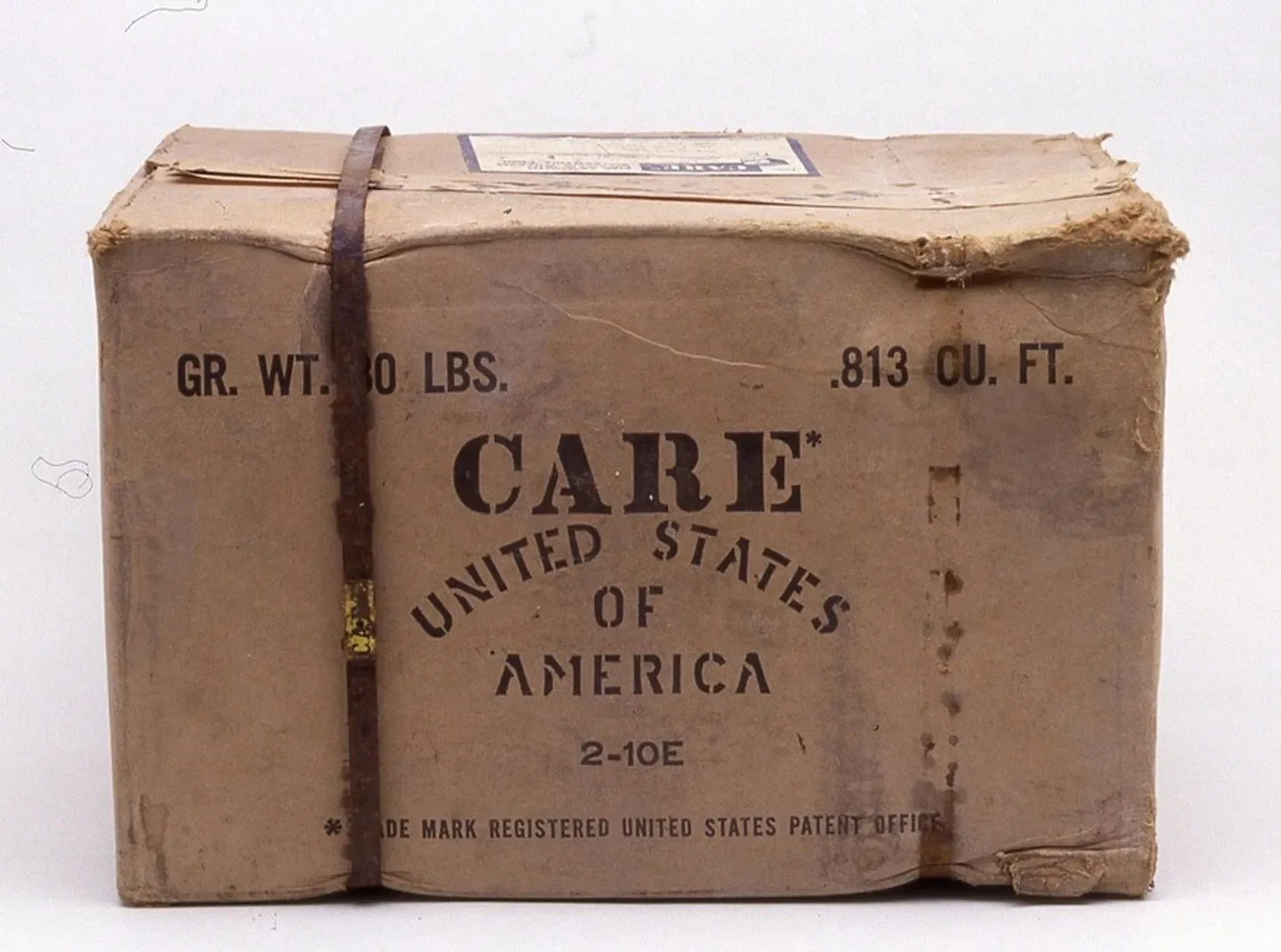More about the toolkit
Of particular note, these include girls’ visions for themselves, the visions of parents for their daughters, and the prevailing knowledge and perceptions of the risks and benefits of early marriage versus waiting. A less conventional objective of the study was to promote learning and build capacity at the local level. With the Tipping Point Phase 1 implementation, CARE structured a project that incorporates a focus on learning by proactively creating space for review and reflection at every level. Hence, the CPA study was designed in a manner that would build the capacity of the project field staff as knowledge workers, build their skills to engage with participatory data collection tools, analyses and sense-making, and use findings from their research to inform the program design. The project endeavored to instill in field facilitators and social mobilizers, and partner organizations and staff, the sense that they all contribute in important ways to research and learning by reflecting, in real time, on their work with community members and by being a core part of the study.
Want to learn more?
The collection of tools used in this study in Bangladesh are made available for adaptation publicly. These tools were used as part of the formative research for the Tipping Point Initiative Phase 1 in Sunamganj, Bangladesh. For more information on how to use the tools, please contact tippingpoint@care.org
